Home>Garden Essentials>How To Get My Carolina Reaper Pepper To Germinate
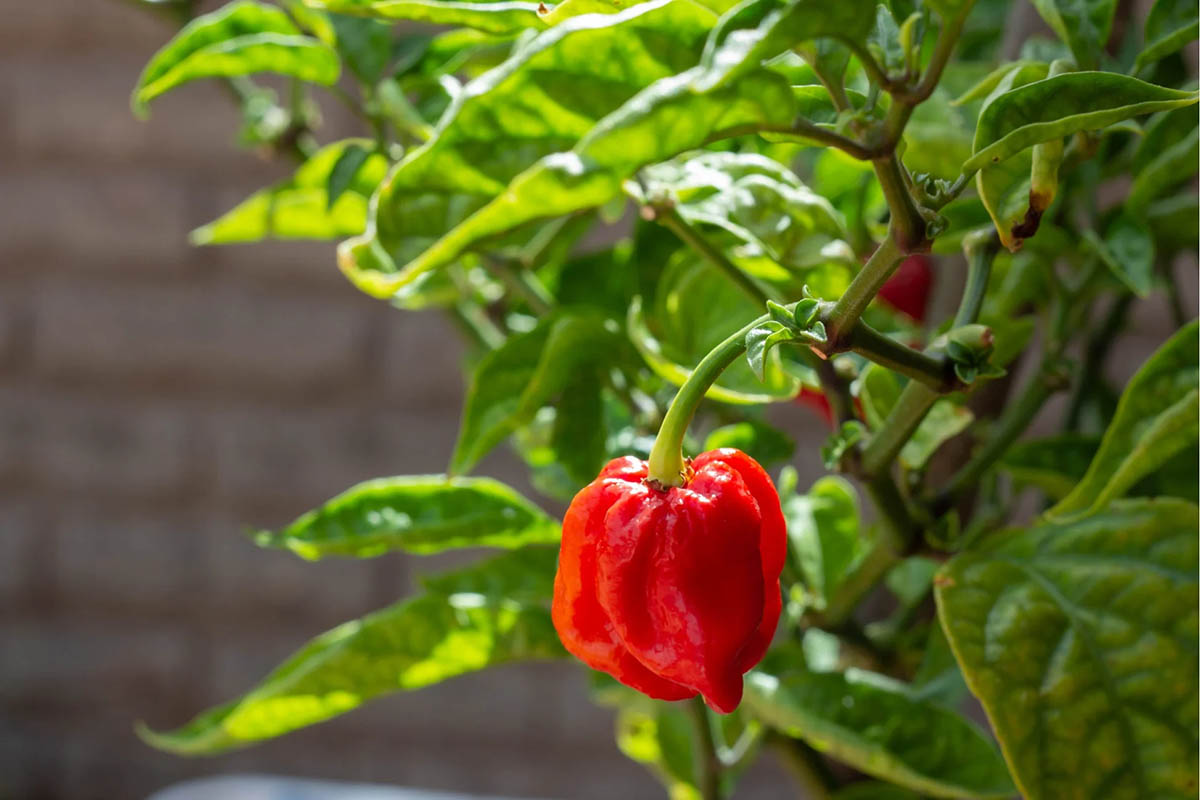

Garden Essentials
How To Get My Carolina Reaper Pepper To Germinate
Modified: March 15, 2024
Want to grow your own Carolina Reapper Pepper in your garden? Learn how to germinate the seeds effectively and ensure a successful harvest.
(Many of the links in this article redirect to a specific reviewed product. Your purchase of these products through affiliate links helps to generate commission for Storables.com, at no extra cost. Learn more)
Introduction
Welcome to the world of Carolina Reaper peppers! If you’re a fan of spicy food and want to take your taste buds on a fiery adventure, growing Carolina Reaper peppers in your garden is the perfect choice. Known for being one of the hottest peppers in the world, the Carolina Reaper pepper offers a unique and intense flavor that can add a kick to any dish.
However, before you can enjoy the fruits of your labor, you’ll need to successfully germinate Carolina Reaper pepper seeds. Germination is a crucial step in the pepper growing process, as it determines the successful development of the plants. In this article, we will guide you through the process of germinating Carolina Reaper pepper seeds, allowing you to embark on a thrilling journey of growing your own fiery peppers.
Before we delve into the germination process, let’s take a moment to understand a bit more about Carolina Reaper peppers. Developed by “Smokin” Ed Currie of PuckerButt Pepper Company, the Carolina Reaper was officially recognized as the world’s hottest pepper by the Guinness World Records in 2013. Clocking in at an average of 1.6 million Scoville Heat Units (SHU) and sometimes reaching over 2.2 million SHU, these peppers will have even the most hardened spice enthusiasts reaching for a glass of milk.
Now that we’re familiar with the star of the show, let’s move on to the germination process. Germination is the process by which a seed begins to grow into a new plant. It is a delicate and crucial stage, as the health and strength of the seedling will determine the success of your pepper plant. With the right conditions and a little care, you can increase your chances of successfully germinating Carolina Reaper pepper seeds and kick-starting the growth of your very own pepper plants.
Key Takeaways:
- Growing Carolina Reaper peppers from seed requires providing the right conditions for germination, including warm temperatures, proper moisture, and high-quality seeds. Patience and care are essential for nurturing these fiery plants.
- Transplanting germinated Carolina Reaper pepper seedlings into larger containers or the outdoor garden is a crucial step in their growth journey. Gradual acclimation to outdoor conditions ensures their successful transition.
Read more: How To Store Carolina Reaper Peppers
Understanding Carolina Reaper Peppers
Before diving into the germination process, it’s important to have a good understanding of Carolina Reaper peppers. As mentioned earlier, these peppers hold the prestigious title of being one of the hottest peppers in the world. However, it’s not just their spice level that makes them unique – they also have distinctive characteristics that set them apart.
Carolina Reaper peppers have a wrinkled, red, and bumpy exterior, resembling a small, fiery red lantern. They typically measure 2 to 3 inches in length and have a stinger-like tail at the end. The peppers have a fruity and slightly sweet flavor hiding behind the intense heat, making them a versatile ingredient that can be used in various dishes.
When it comes to heat, Carolina Reaper peppers boast an average Scoville Heat Unit (SHU) rating of 1.6 million, but they can reach even higher levels. To put this into perspective, a standard jalapeno pepper ranks around 2,500 to 8,000 SHU, making the Carolina Reaper pepper more than 200 times hotter!
The intense heat of these peppers is due to their high concentration of capsaicin, the compound responsible for the spicy sensation. Capsaicin is not only responsible for the heat but also offers potential health benefits, including pain relief and boosting metabolism.
While cultivating Carolina Reaper peppers can be a fiery challenge, it is a highly rewarding experience for spice enthusiasts and gardeners alike. The vibrant colors and tantalizing flavors of these peppers make them sought after by those looking to add an extra kick to their culinary creations.
Now that we have a better understanding of Carolina Reaper peppers, let’s move on to exploring the germination process and how you can successfully grow these hot peppers from seed.
Overview of Germination Process
The germination process is the first step in growing Carolina Reaper peppers from seed. It involves providing the right conditions for the seeds to sprout and develop into healthy seedlings. Understanding the key elements of the germination process will significantly increase your chances of success in growing these fiery peppers. Let’s take a closer look at the different stages involved.
Seed Prep: Before sowing the Carolina Reaper pepper seeds, it’s essential to properly prepare them. Soaking the seeds in warm water for a few hours can help soften the seed coat and encourage germination. This process can improve the chances of successful sprouting.
Germination Medium: The germination medium is the material in which the seeds will be sown and allowed to sprout. You can choose between various options, such as a seed starting mix or a combination of peat moss and vermiculite. The germination medium should be lightweight, well-draining, and nutrient-rich to provide a favorable environment for the seeds to germinate.
Sowing Depth: When sowing Carolina Reaper pepper seeds, it’s important to plant them at the right depth. A general rule of thumb is to plant the seeds at a depth of approximately 1/4 inch (6mm). This depth allows the seeds to receive adequate oxygen while still remaining in contact with the germination medium.
Temperature: Maintaining the correct temperature is crucial for successful germination. Carolina Reaper peppers prefer warmer temperatures, ideally between 80°F to 90°F (27°C to 32°C). Providing a consistently warm environment, such as using a seedling heat mat or placing the seeds in a warm location, will help promote germination.
Moisture: Proper moisture is essential for successful germination. The germination medium should be kept consistently moist but not waterlogged. Mist the soil surface or use a spray bottle to keep the medium moist until the seeds sprout. Be careful not to oversaturate, as excessive moisture can lead to rot and damage the seeds.
Lighting: While Carolina Reaper pepper seeds do not require light for germination, they will need it once they sprout. Once you see the seedlings emerging from the soil, provide them with adequate light for healthy growth. A fluorescent grow light or a sunny window with at least 6-8 hours of direct sunlight per day is ideal.
Time to Germination: Germination time can vary depending on various factors, including temperature and seed quality. Carolina Reaper pepper seeds typically germinate within 7 to 14 days, but they can take longer in some cases. Be patient and maintain the optimal conditions until the seeds sprout.
Now that we have covered the basic overview of the germination process, the next step is to select the right Carolina Reaper pepper seeds. In the following section, we will explore the factors to consider when choosing the seeds for germination.
Selecting the Right Seeds
When it comes to germinating Carolina Reaper peppers, selecting the right seeds is crucial for a successful growing journey. Here are some factors to consider when choosing the seeds:
Seed Quality: Opt for high-quality Carolina Reaper pepper seeds from reputable seed suppliers or trusted sources. Look for seeds that are fresh, viable, and have a high germination rate. Fresh seeds will have a higher chance of successfully sprouting, leading to healthy seedlings and robust plants.
Organic and Non-GMO: If you prefer organic or non-genetically modified (non-GMO) options, seek out seeds labeled as such. Organic seeds are grown without the use of synthetic chemicals, while non-GMO seeds are not genetically modified. These options align with a more natural and environmentally friendly approach to gardening.
Variety: Consider the variety of Carolina Reaper peppers you want to grow. While the classic red Carolina Reaper is the most common, there are also other exciting varieties available, such as yellow or chocolate Carolina Reapers. Choose a variety that suits your taste preferences and gardening goals.
Freshness: Ensure that the seeds you purchase or obtain are fresh. Older seeds may have a reduced germination rate and lower vitality. Check the packaging or ask the supplier for information about the seed’s age to ensure you have the best chance of success.
Storage Conditions: Proper storage conditions play a vital role in seed longevity and viability. Seeds should be stored in a cool, dry, and dark place, such as a sealed container in the refrigerator. Avoid exposing the seeds to moisture or extreme temperatures, as this can decrease their viability over time.
Seller Reputation: Choose a reputable seller when purchasing Carolina Reaper pepper seeds. Look for reviews or recommendations from other gardeners to ensure you are getting reliable and authentic seeds. A trusted seller will provide quality seeds and support throughout your growing journey.
By considering these factors and selecting the right seeds, you can increase your chances of successful germination and ultimately, growing healthy and flavorful Carolina Reaper pepper plants. Once you have your seeds ready, it’s time to prepare the germination environment, which will be discussed in the next section.
Preparing the Germination Environment
Creating the ideal germination environment is essential to maximize your chances of successful Carolina Reaper pepper seed germination. By providing the right conditions, you can ensure that the seeds have the best opportunity to sprout and develop into strong seedlings. Here are the steps to prepare the germination environment:
1. Choose the Right Containers: Select containers that are suitable for seed germination. Small plastic pots, seed trays, or biodegradable seedling pots are commonly used. Ensure that the containers have drainage holes at the bottom to prevent waterlogging and promote proper drainage.
2. Sterilize the Containers: It’s important to sterilize the containers before use to minimize the risk of disease or fungal issues. Clean the containers with a diluted bleach solution or wash them in hot, soapy water. Rinse them thoroughly and allow them to air dry completely.
3. Prepare the Germination Medium: Use a high-quality germination medium to fill the containers. You can opt for a seed starting mix, which provides a light and well-draining substrate for the seeds. Avoid using regular garden soil, as it may not provide the ideal conditions for germination.
4. Moistening the Germination Medium: Moisten the germination medium before sowing the seeds. Add water gradually and mix it thoroughly until the medium feels uniformly damp. Avoid overwatering, as excessive moisture can lead to seed rot or damping-off disease.
5. Select a Warm Location: Carolina Reaper pepper seeds require warm temperatures to germinate successfully. Find a warm location in your home or greenhouse where the temperature can be maintained between 80°F to 90°F (27°C to 32°C). You can also use a seedling heat mat to provide consistent warmth.
6. Provide Adequate Lighting: While seeds do not need light to germinate, they will require light once they sprout. Place the containers in a location where they can receive bright, indirect sunlight or use fluorescent grow lights to provide artificial lighting for at least 12-14 hours a day.
7. Maintain Proper Humidity: Carolina Reaper pepper seeds prefer a slightly humid environment for germination. You can cover the containers with a plastic dome or use a clear plastic wrap to create a mini-greenhouse effect. This will help retain moisture and create an optimal humidity level for germination.
By following these steps and providing an ideal germination environment, you’ll be setting the stage for successful Carolina Reaper pepper seed germination. In the next section, we’ll guide you through the process of sowing the Carolina Reaper pepper seeds into the prepared germination medium.
Read more: How To Grow Carolina Reaper Seeds
Sowing the Carolina Reaper Pepper Seeds
Now that you’ve prepared the germination environment, it’s time to sow the Carolina Reaper pepper seeds. Properly sowing the seeds will ensure that they have the best chance of germinating and growing into healthy seedlings. Follow these steps to sow the Carolina Reaper pepper seeds:
1. Prepare the Germination Medium: Ensure that the germination medium in your containers is evenly moist but not waterlogged. Gently fluff the medium with your fingers to break up any clumps and create a smooth surface.
2. Create Seed Furrows: Use a small spoon or your finger to create shallow furrows in the germination medium. The furrows should be about 1/4 inch (6mm) deep, which is the recommended depth for Carolina Reaper pepper seeds.
3. Space the Seeds: Place the Carolina Reaper pepper seeds in the furrows, spacing them about 2 inches (5cm) apart. This spacing will allow enough room for the seedlings to grow without crowding each other.
4. Cover the Seeds: Gently sprinkle a thin layer of the germination medium over the seeds to cover them. The layer should be about 1/4 inch (6mm) thick. Lightly pat down the medium to ensure good seed-to-soil contact but avoid compacting it too much.
5. Label the Containers: It’s essential to label the containers with the seed variety and the date of sowing. This will help you keep track of your seeds and monitor their progress as they germinate and grow.
6. Mist the Surface: Use a spray bottle to mist the surface of the germination medium gently. This will provide moisture to the seeds without causing disturbance or washing them away. Keep the medium consistently moist but not overly saturated.
7. Cover the Containers: If using a plastic dome or plastic wrap, cover the containers to create a mini-greenhouse effect. This will help retain moisture and create a humid environment, which can promote germination.
8. Place in the Germination Environment: Transfer the containers to the warm location you prepared earlier. Ensure they receive the appropriate amount of light, either from indirect sunlight or artificial grow lights for 12-14 hours a day.
9. Maintain the Conditions: Check the moisture level regularly and mist the surface if needed to keep the germination medium moist. Monitor the temperature and humidity levels to ensure they remain within the optimal range for germination.
By following these steps and providing the right conditions, you have given your Carolina Reaper pepper seeds the best chance to germinate. As the seeds sprout and the seedlings develop, it’s important to continue providing them with the necessary care and attention they need to thrive. In the next section, we will discuss the essential conditions and practices for supporting healthy germination and growth.
Keep the soil consistently moist and warm (around 80-85°F) to help Carolina Reaper pepper seeds germinate. You can use a seedling heat mat to maintain the temperature. Also, be patient as it can take 1-2 weeks for the seeds to sprout.
Providing Optimal Conditions for Germination
Once you’ve sown the Carolina Reaper pepper seeds, it’s crucial to provide them with optimal conditions to support germination and healthy growth. By maintaining the right temperature, light, and moisture levels, you can ensure the seeds have the best chance of sprouting into strong seedlings. Here are some key factors to consider:
Temperature: Carolina Reaper pepper seeds require warm temperatures to germinate. Maintain a consistent temperature between 80°F to 90°F (27°C to 32°C) in the germination environment. Using a seedling heat mat can provide a consistent heat source and help create an ideal temperature for germination.
Light: Once the seeds have sprouted, they will need adequate light to grow. Place the containers in a well-lit area where they can receive 12-14 hours of bright, indirect sunlight per day. If natural light is insufficient, you can supplement it with fluorescent grow lights placed 6-8 inches above the seedlings.
Moisture: Keeping the germination medium consistently moist is crucial for seedling development. Mist the surface of the medium with water using a spray bottle as needed to ensure it remains moist but not soaking wet. Avoid overwatering, as excessive moisture can lead to seed rot or damping-off disease.
Air Circulation: Proper air circulation is important for preventing fungal growth and promoting healthy seedling development. Avoid overcrowding the seedlings and provide space between the containers to allow for good airflow. You can also use a small fan set on low speed to ensure gentle air circulation around the seedlings.
Humidity: Carolina Reaper pepper seeds prefer a slightly humid environment during germination. If using a plastic dome or plastic wrap to cover the containers, periodically remove it for short periods to allow fresh air exchange and prevent excessive humidity. This will help reduce the risk of mold or fungal problems.
Consistent Care: Maintain a regular care routine for the germinating seedlings. Check the moisture levels daily, misting as needed, and ensure the temperature remains within the optimal range. Monitor the seedlings for any signs of pests or diseases and take appropriate action if necessary.
Patience: Germination can take varying amounts of time, typically within 7 to 14 days, but sometimes longer. Be patient and consistent in providing the optimal conditions for germination. Avoid disturbing the seedlings and allow them to develop at their own pace.
By providing these optimal conditions, you are giving your Carolina Reaper pepper seedlings the best chance to thrive. As they grow, it’s important to monitor their progress and be prepared for any potential germination issues. In the next section, we will discuss some common problems that can arise during germination and how to troubleshoot them.
Watering and Moisture Management
Watering and moisture management are critical aspects of successful germination and seedling development for Carolina Reaper peppers. Consistency is key in providing the right amount of moisture without overwatering or allowing the soil to dry out. Here are some guidelines to help you effectively manage watering and moisture:
1. Initial Moistening: After sowing the seeds, ensure that the germination medium is evenly moist. Gently mist the surface with water using a spray bottle until it feels damp to the touch. This initial moisture helps to kickstart the germination process.
2. Monitor Moisture Levels: Regularly check the moisture levels of the germination medium. Stick your finger about an inch into the soil to assess its moisture content. If it feels dry, it’s time to water. If it feels slightly moist, hold off on watering for now.
3. Mist, Don’t Pour: When watering the germination medium, it’s best to use a fine mist from a spray bottle rather than pouring water directly onto the surface. Misting helps distribute moisture evenly without disturbing the seeds or seedlings.
4. Avoid Overwatering: Excessive moisture can lead to seed rot, fungal growth, or damping-off disease. Only water when the soil has dried out slightly, and be cautious not to oversaturate the medium. It’s better to underwater slightly and adjust as needed rather than overwater.
5. Drainage: Ensure that the containers have proper drainage holes at the bottom. This allows excess water to drain out and prevents waterlogged soil. If water starts to accumulate in the container, empty it to maintain appropriate moisture levels.
6. Mist, Don’t Drench: When misting the surface, aim for a light layer of moisture rather than soaking the medium. Drenching the soil can lead to water pooling, uneven moisture distribution, and compaction of the germination medium.
7. Consistency: Maintain a regular watering routine to provide consistent moisture for the seedlings. Avoid alternating between drought and flooding, as this can stress the plants. Aim for regular, even moisture throughout the germination and early growth stages.
8. Observe Seedling Response: Pay attention to how the seedlings respond to your watering practices. If the seedlings appear wilted or the top layer is drying out quickly, it may be an indication that they need more moisture. Adjust your watering frequency accordingly.
9. Adjust as Needed: Environmental factors such as temperature and humidity can affect moisture needs. Monitor these factors and adjust your watering practices accordingly. For example, higher temperatures and lower humidity levels may require more frequent watering.
By closely monitoring moisture levels, providing consistent watering, and avoiding overwatering, you can create an optimal environment for Carolina Reaper peppers to thrive during germination and early growth. Remember to adjust your watering practices as the seedlings develop and their needs change.
In the next section, we will discuss potential germination issues and how to troubleshoot them effectively.
Troubleshooting Germination Issues
Growing Carolina Reaper peppers from seed can be a rewarding experience, but sometimes germination issues can arise. Understanding and troubleshooting these issues promptly can help improve your success rate. Here are some common germination issues and how to address them:
1. Slow Germination: If your Carolina Reaper pepper seeds are taking longer than expected to germinate, be patient. Germination time can vary depending on factors such as temperature, seed quality, and variety. Ensure that you are maintaining the optimal temperature and moisture levels. If seeds still fail to germinate after a reasonable amount of time, it’s possible they may be older or of lower quality.
2. Low Germination Rate: If only a few of your Carolina Reaper pepper seeds are germinating, it may indicate issues with seed quality, improper storage, or unfavorable growing conditions. Make sure you are using fresh seeds from reputable sources. Check your temperature, moisture, and lighting to ensure they are within the recommended range.
3. Damping-Off: Damping-off is a fungal disease that can affect the seedlings, causing them to wilt and die. It is often caused by overly wet and poorly ventilated conditions. To prevent damping-off, ensure proper air circulation by using a small fan or removing covers periodically for fresh air exchange. Avoid overwatering and maintain a slightly drier environment to discourage fungal growth.
4. Mold or Fungi: Excessive moisture or poor air circulation can create favorable conditions for mold or fungal growth. If you notice mold or fungi on the surface of the germination medium or around the seedlings, gently remove the affected areas and increase ventilation. Adjust your watering practices to maintain a slightly drier environment.
5. Leggy Seedlings: Leggy or elongated seedlings often occur when they are not receiving enough light. This can happen if the light source is too weak or is placed too far away from the seedlings. Adjust the lighting setup to ensure the seedlings receive adequate brightness. You can also brush your hand gently over the seedlings once a day to encourage sturdier growth.
6. Incorrect Sowing Depth: If your seedlings are struggling to emerge from the germination medium, it is possible that you sowed the seeds too deep. Carolina Reaper pepper seeds require a shallow sowing depth of about 1/4 inch (6mm). Carefully uncover the soil around the seedlings, ensuring they have enough space to emerge.
7. Insufficient Heat: Carolina Reaper pepper seeds prefer warm temperatures during germination. If the germination environment is too cool, it can significantly delay or inhibit germination. Use a seedling heat mat to provide consistent warmth or relocate the containers to a warmer area in your home or greenhouse.
8. Poor Seed Quality: The quality of the seeds can have a significant impact on germination success. If you consistently experience low germination rates or issues with multiple batches of seeds, it may be worth seeking seeds from a different supplier or source to ensure better quality.
By addressing these germination issues promptly and making necessary adjustments, you can improve your chances of successful germination and nurturing healthy Carolina Reaper pepper seedlings. Remember to provide regular care and continue monitoring the seedlings as they progress towards the next stage of growth.
In the next section, we will discuss the process of transplanting the germinated seeds into larger containers or the outdoor garden.
Read more: How To Germinate Tiburon Peppers
Transplanting the Germinated Seeds
Once your Carolina Reaper pepper seeds have successfully germinated and the seedlings have developed, it’s time to transplant them into larger containers or into your outdoor garden. Transplanting allows the seedlings to have more space to grow and establish their root systems. Here are the steps to transplant the germinated seeds:
1. Timing: Wait until the seedlings have developed a few sets of true leaves before transplanting them. This usually occurs when the seedlings are around 4 to 6 inches tall. At this stage, they are stronger and better equipped to handle the transplantation process.
2. Prepare the New Containers: Select larger containers such as pots or seedling trays that can accommodate the growing root systems of the seedlings. Ensure the containers have proper drainage holes to prevent waterlogging. Sterilize the containers if necessary to reduce the risk of disease.
3. Fill with Soil: Fill the new containers with a well-draining potting mix suitable for peppers. The soil should be rich in organic matter and provide good aeration. Leave about an inch of space below the rim of the container to make watering easier.
4. Transplanting Process: Carefully remove the seedlings from their original containers, taking care not to damage their delicate roots. Gently loosen the roots if they appear tangled or compacted. Make a small hole in the soil of the new container and place the seedling into it, ensuring the roots are spread out comfortably.
5. Backfill and Firm the Soil: Gently backfill the hole with soil, ensuring that the seedling remains upright and the soil comes into contact with the roots. Lightly press down on the soil around the base of the seedling to provide stability.
6. Watering: After transplanting, give the seedlings a gentle watering to help settle the soil and ensure good root-to-soil contact. Water until you see moisture draining out of the bottom of the container. Avoid overwatering, as excessive moisture can lead to root rot.
7. Adjusting Light and Temperature: Place the newly transplanted seedlings in an area where they can receive bright, indirect sunlight. If the weather is still cool, you may need to gradually acclimate the seedlings to outdoor conditions by transitioning them to a sheltered area with filtered light.
8. Monitor and Care: Keep an eye on the transplanted seedlings over the next few days. Ensure they receive adequate water, sunlight, and protection from extreme weather conditions. Monitor for any signs of stress or plant diseases and address them promptly.
9. Gradual Hardening Off: If you plan to transplant the seedlings outdoors in the garden, it’s important to gradually acclimate them to the outdoor environment. Start by placing them outdoors in a sheltered area for a few hours each day and gradually increase the duration over the course of a week. This helps the seedlings adjust to temperature, wind, and sun exposure.
Transplanting the germinated Carolina Reaper pepper seedlings gives them the space they need to continue growing and developing. With proper care and attention, your transplanted seedlings will thrive and produce a bountiful harvest of fiery peppers. In the final section, we will recap the key points and offer concluding thoughts.
Conclusion
Growing Carolina Reaper peppers from seed is an exciting and rewarding endeavor for spice enthusiasts and gardeners alike. By understanding the germination process and providing the optimal conditions, you can successfully germinate the seeds and nurture healthy seedlings. Here are the key points to remember:
First, familiarize yourself with Carolina Reaper peppers and their unique characteristics. These peppers are known for their intense heat and fruity flavor, making them a sought-after ingredient for those who love a spicy culinary experience.
Next, ensure that you select high-quality seeds from reputable sources. Fresh and viable seeds will have a higher chance of successful germination and development into robust plants.
Prepare the germination environment by choosing suitable containers, using a well-draining germination medium, and maintaining the proper temperature, light, and humidity levels. These factors play a crucial role in facilitating successful germination.
When sowing the seeds, pay attention to the depth, spacing, and coverage of the germination medium. This will provide an optimal environment for the seeds to sprout and establish themselves as seedlings.
Watering and moisture management are critical to the germination process. Mist the germination medium to keep it consistently moist without overwatering. Strive for a balance to prevent issues such as seed rot or damping-off disease.
Be prepared to troubleshoot common germination issues such as slow germination, low germination rates, or leggy seedlings. Adjust your practices accordingly and address any issues promptly to ensure the health and vitality of the seedlings.
Once the seedlings have grown and developed a few sets of true leaves, it is time to transplant them into larger containers or into your outdoor garden. Take care to provide adequate space, proper soil, and adjust the light and temperature gradually to ensure a successful transition.
Throughout the entire process, monitor the seedlings’ progress, provide consistent care, and address any potential challenges that may arise. With patience, diligence, and a little bit of spice-loving enthusiasm, you’ll soon be rewarded with a bountiful harvest of Carolina Reaper peppers.
Remember, growing Carolina Reaper peppers is not only about the end product but also the joy and satisfaction of nurturing a plant from seed to harvest. So, get ready to embrace the fiery adventure and add a thrilling touch of heat to your culinary creations!
Frequently Asked Questions about How To Get My Carolina Reaper Pepper To Germinate
Was this page helpful?
At Storables.com, we guarantee accurate and reliable information. Our content, validated by Expert Board Contributors, is crafted following stringent Editorial Policies. We're committed to providing you with well-researched, expert-backed insights for all your informational needs.
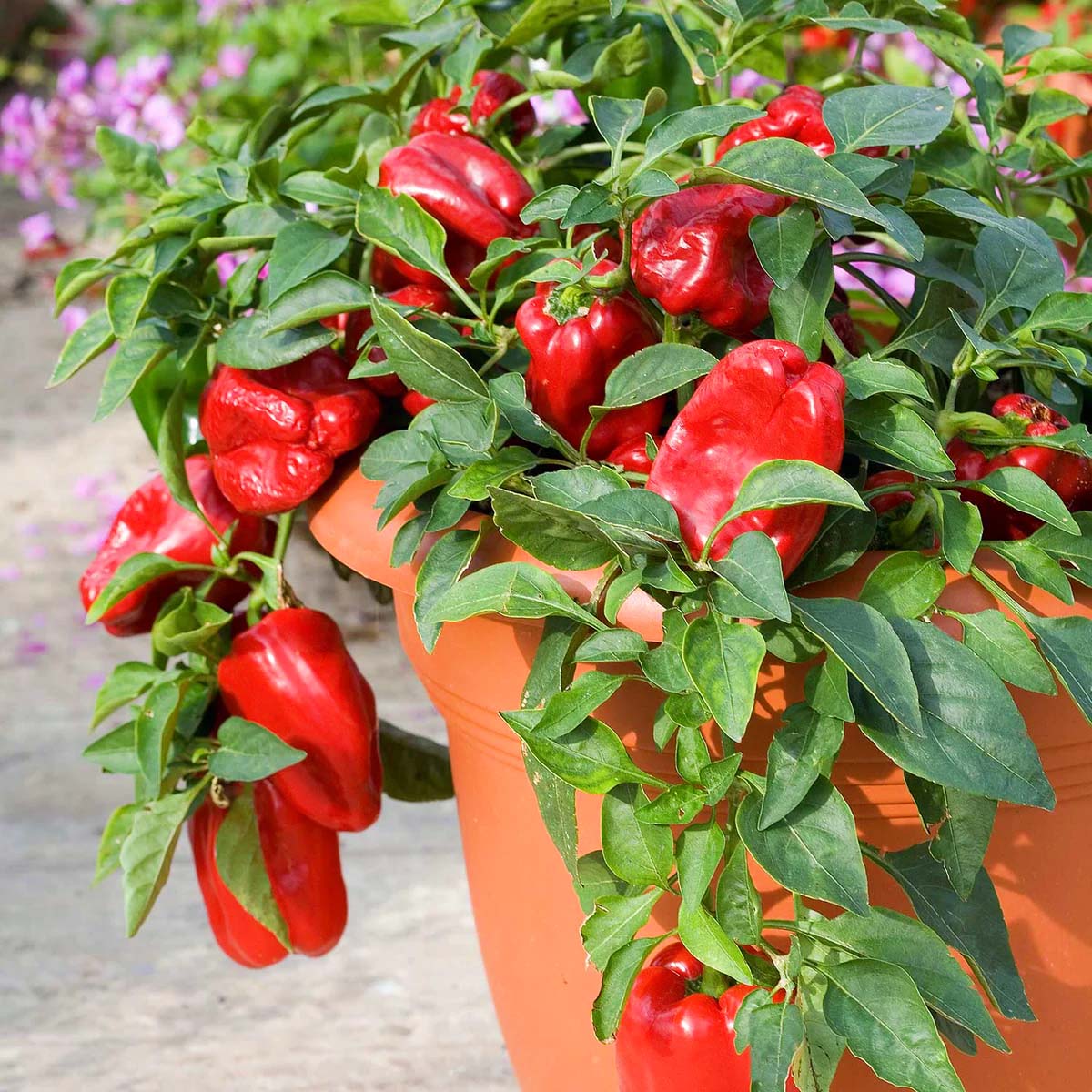
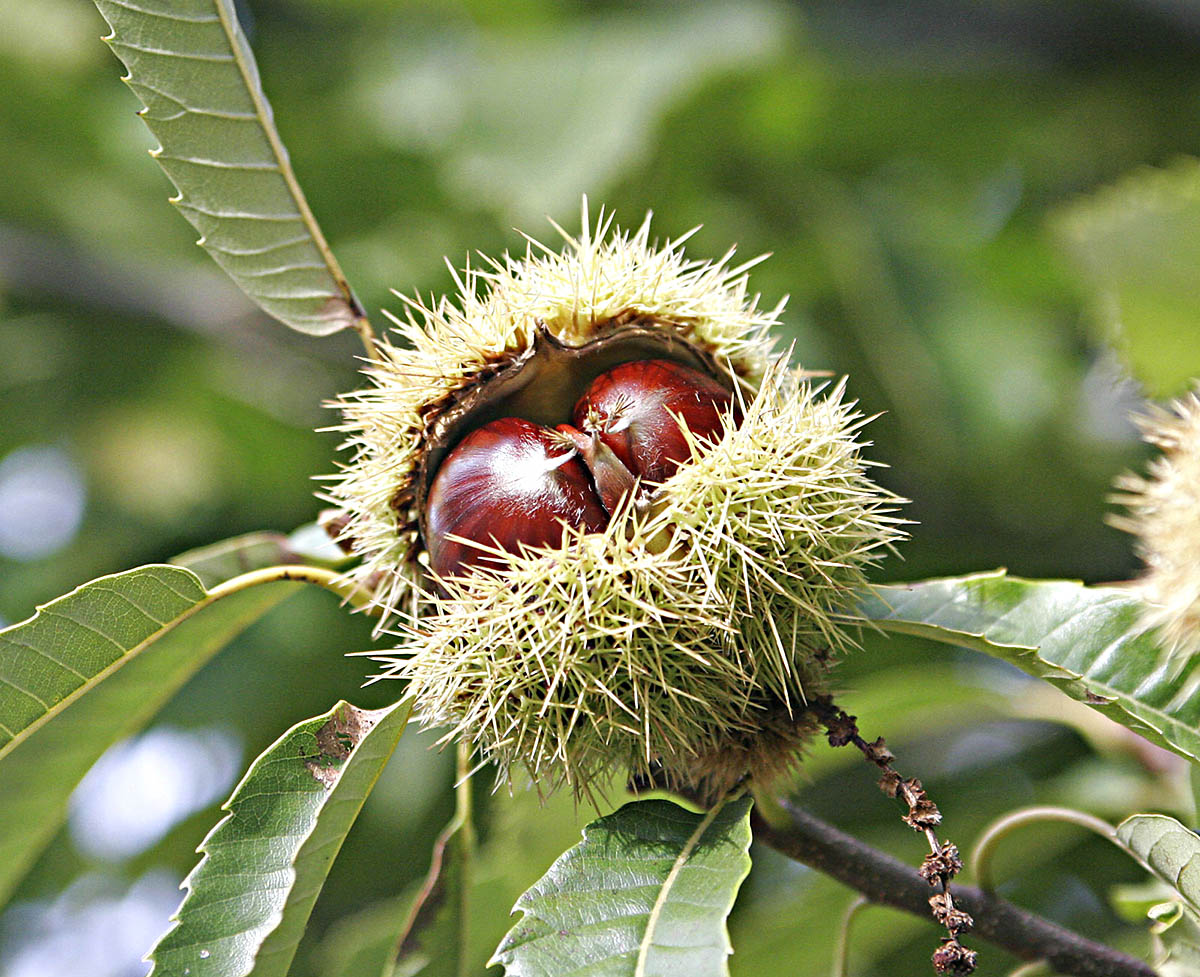
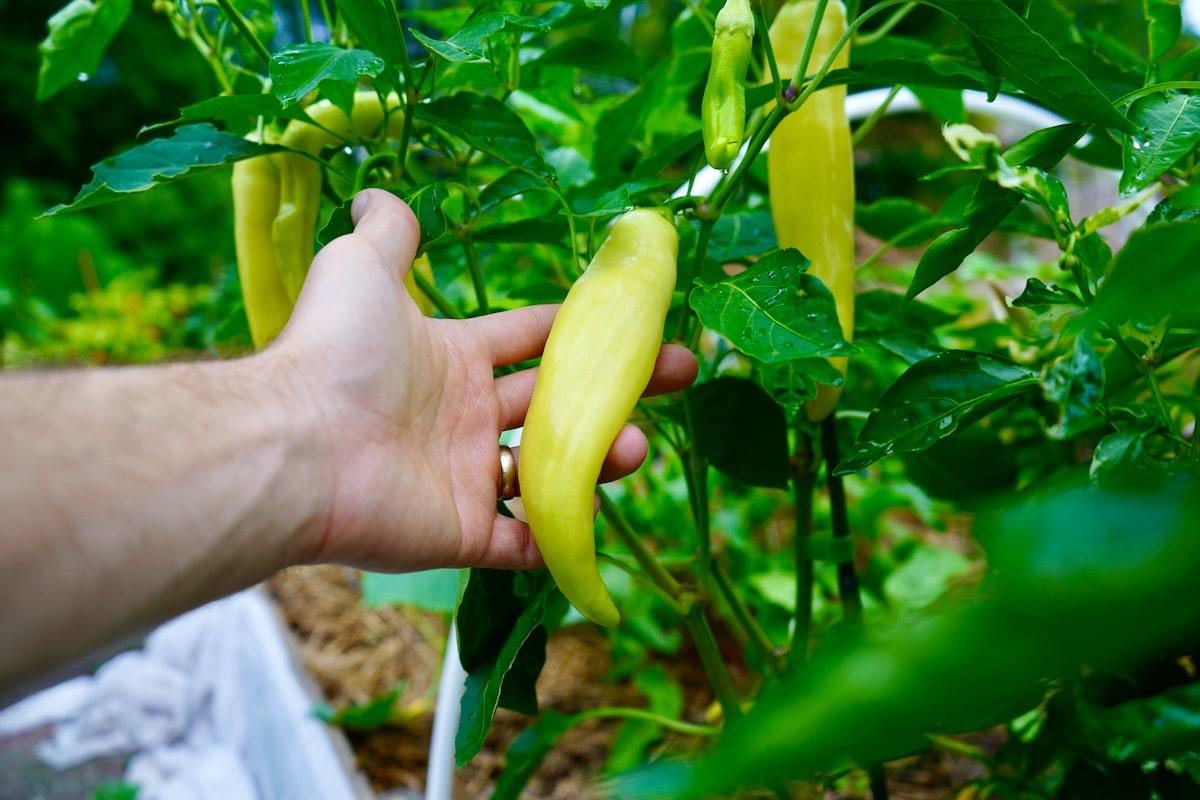
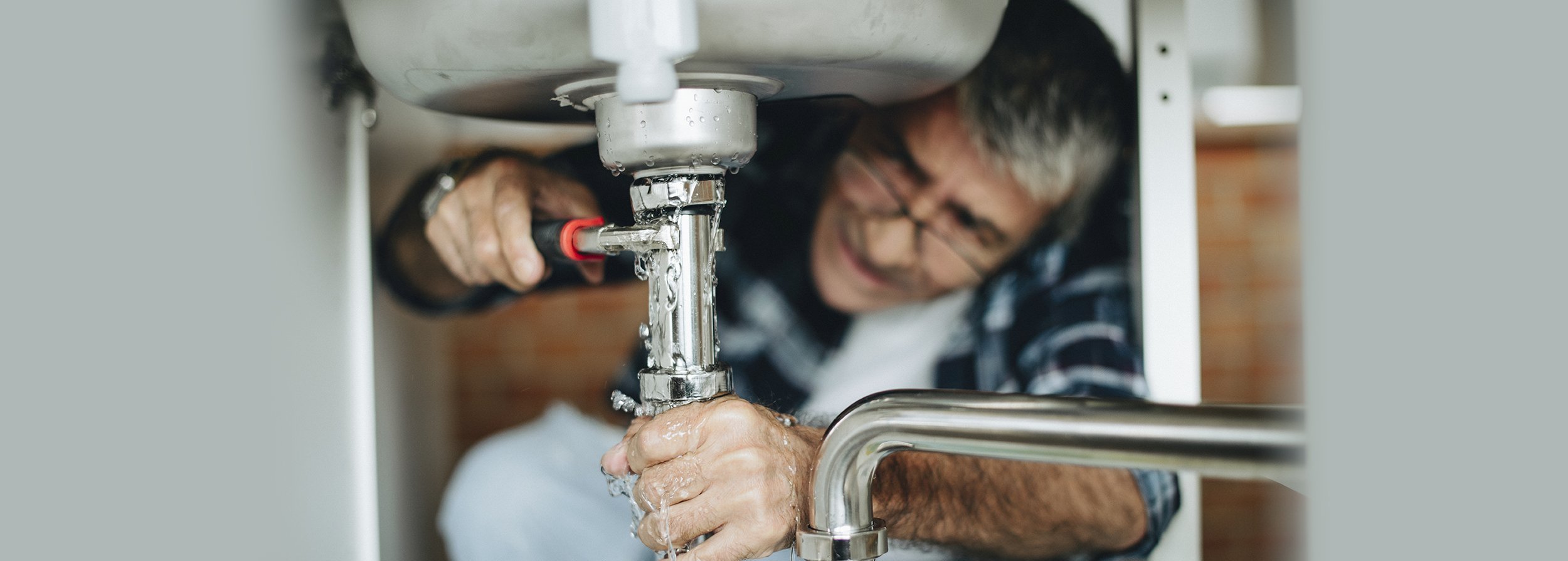
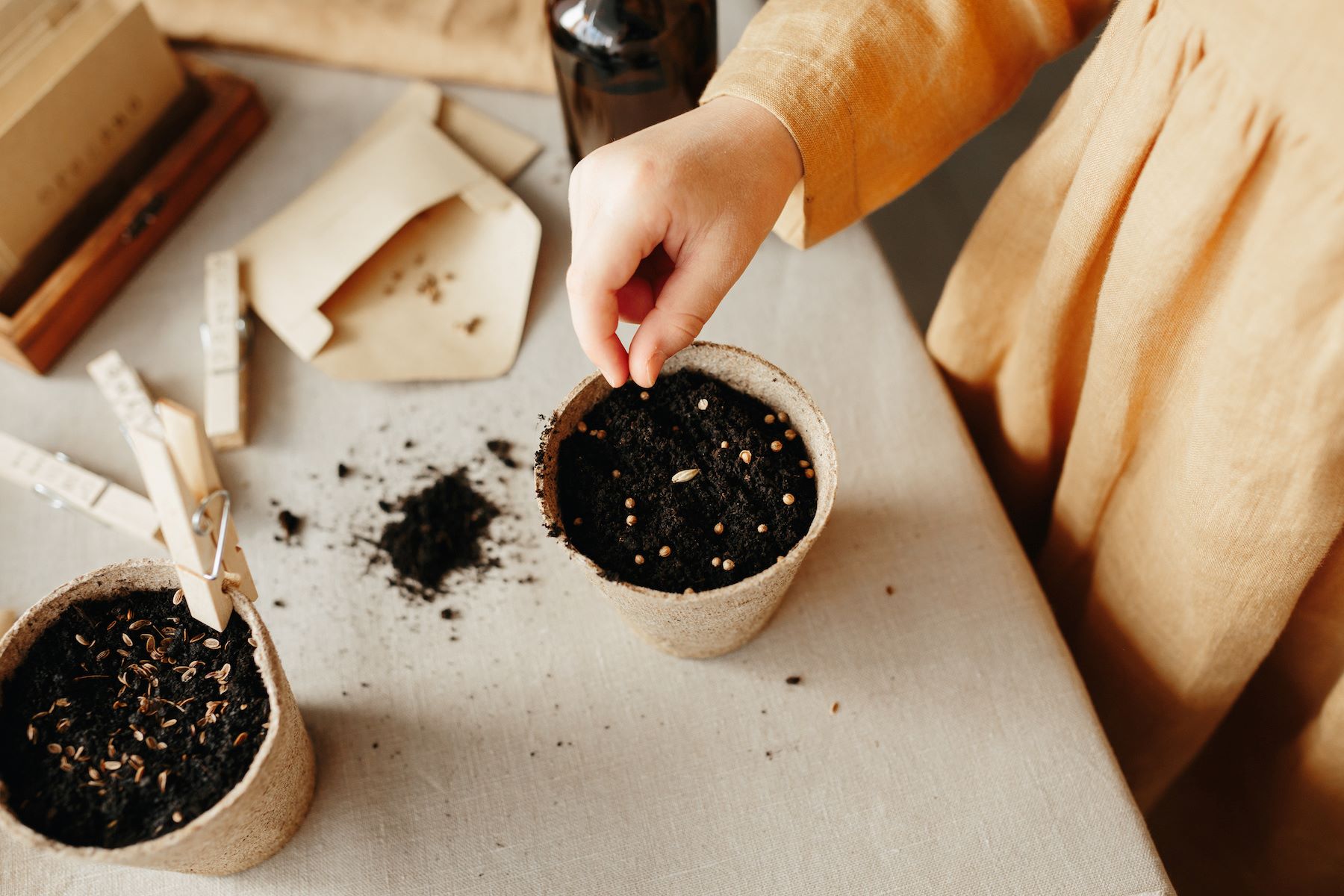
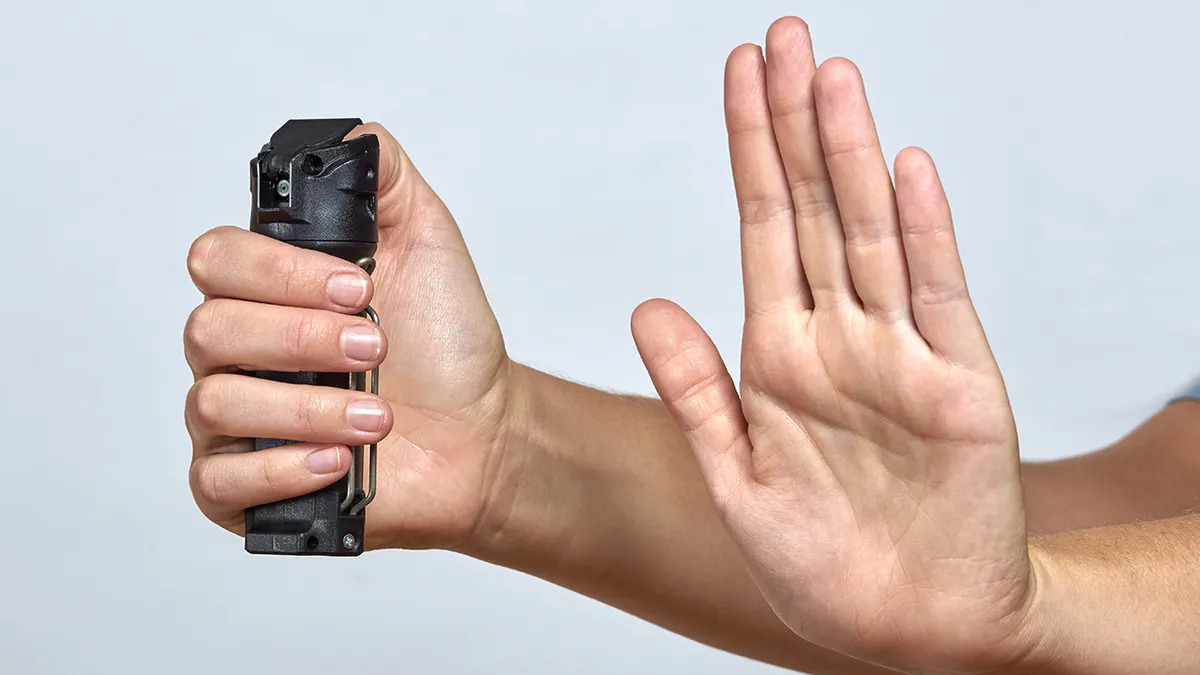
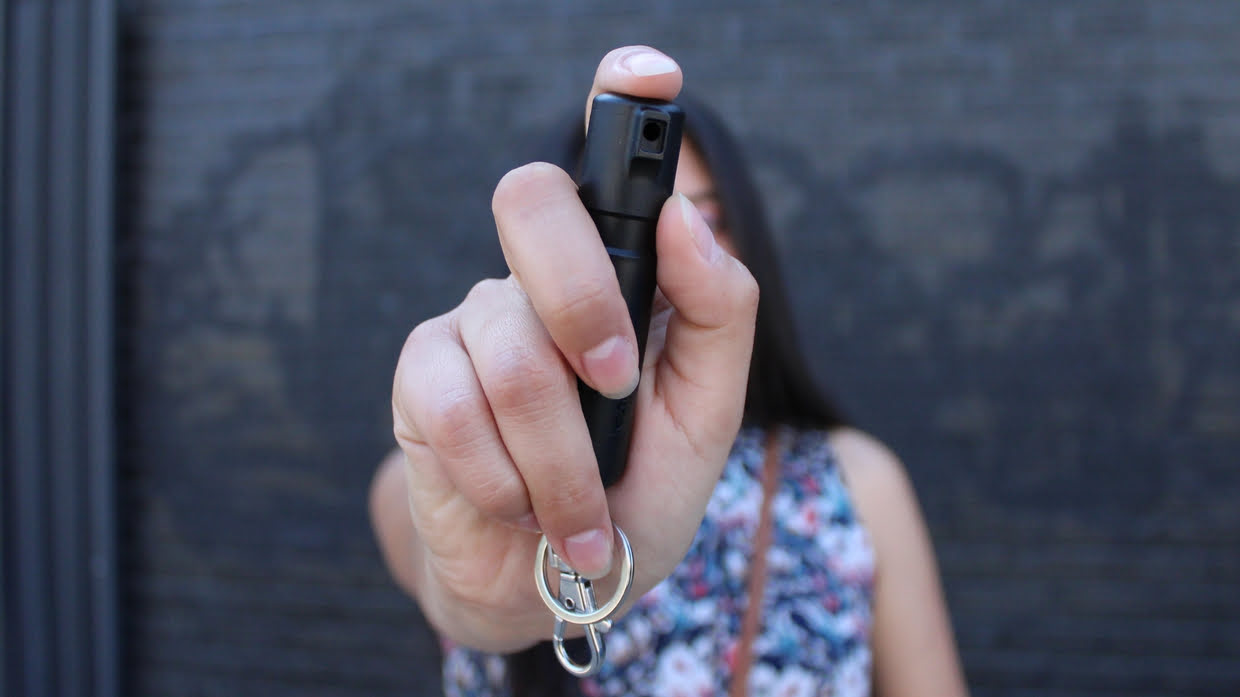
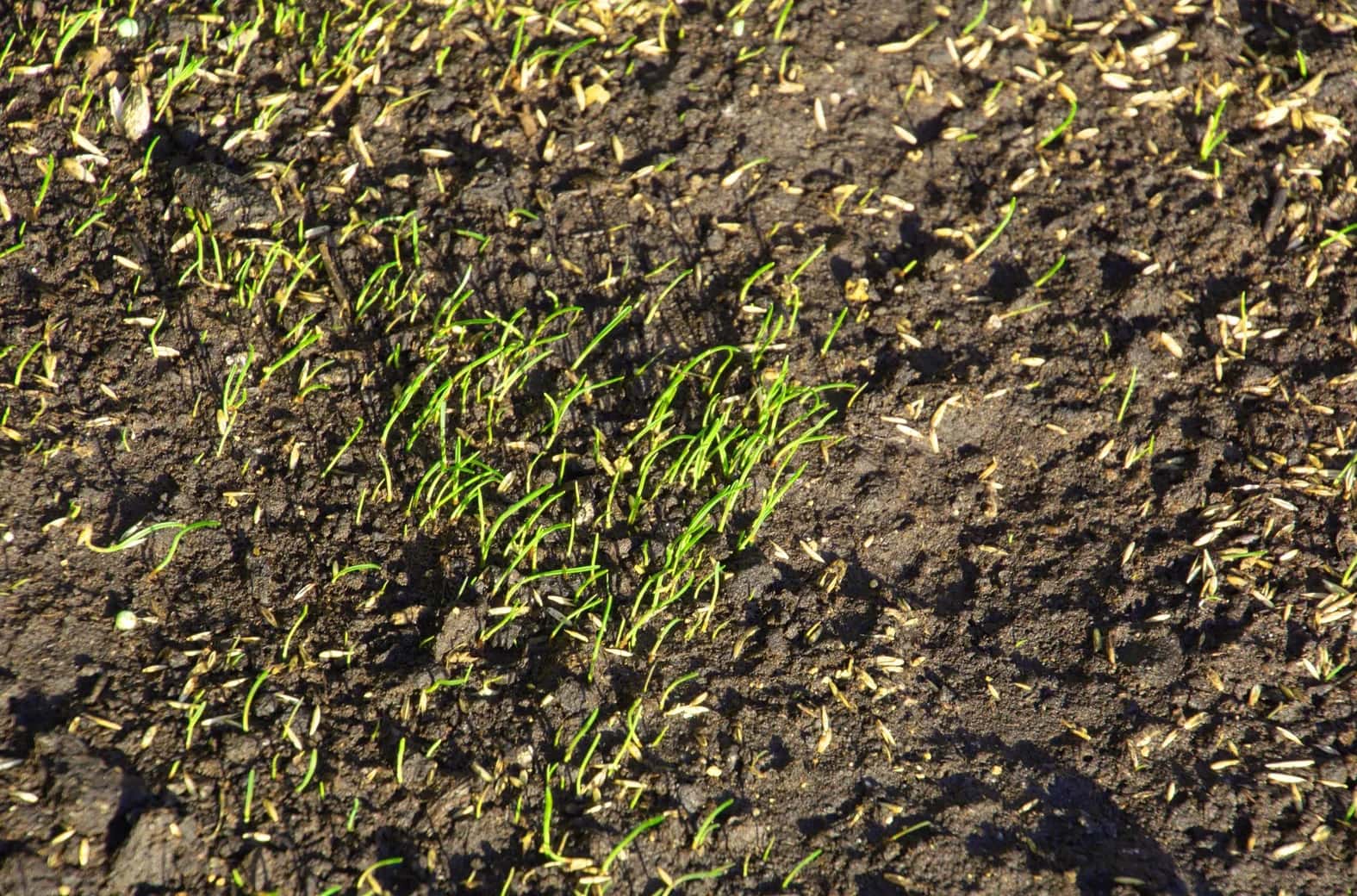
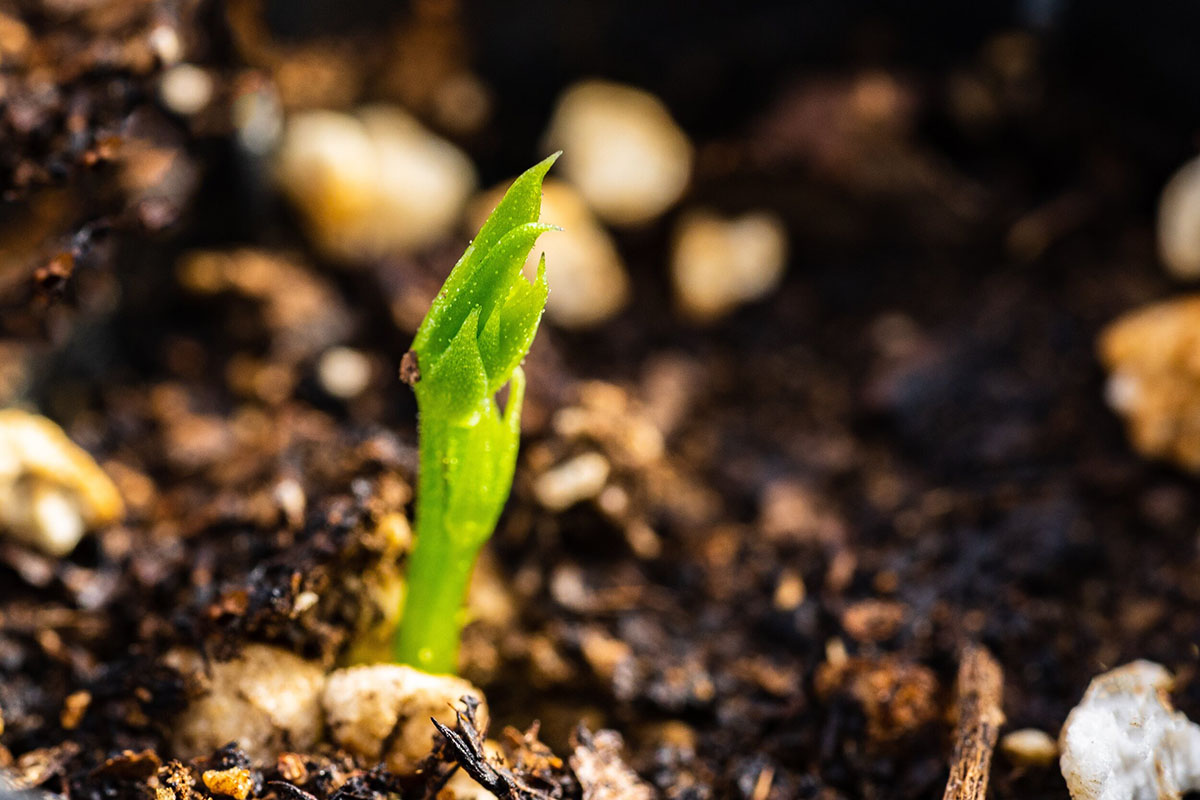

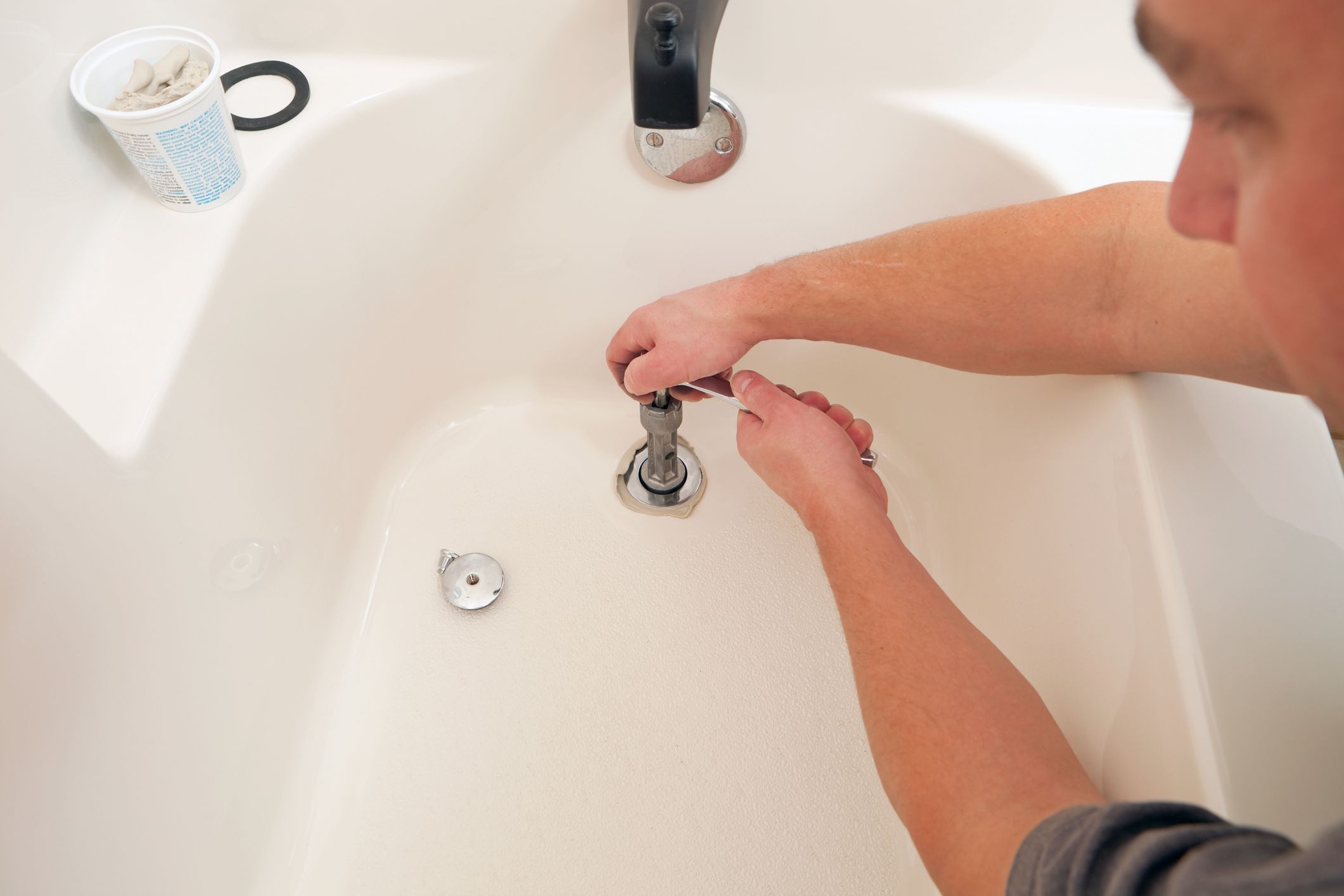
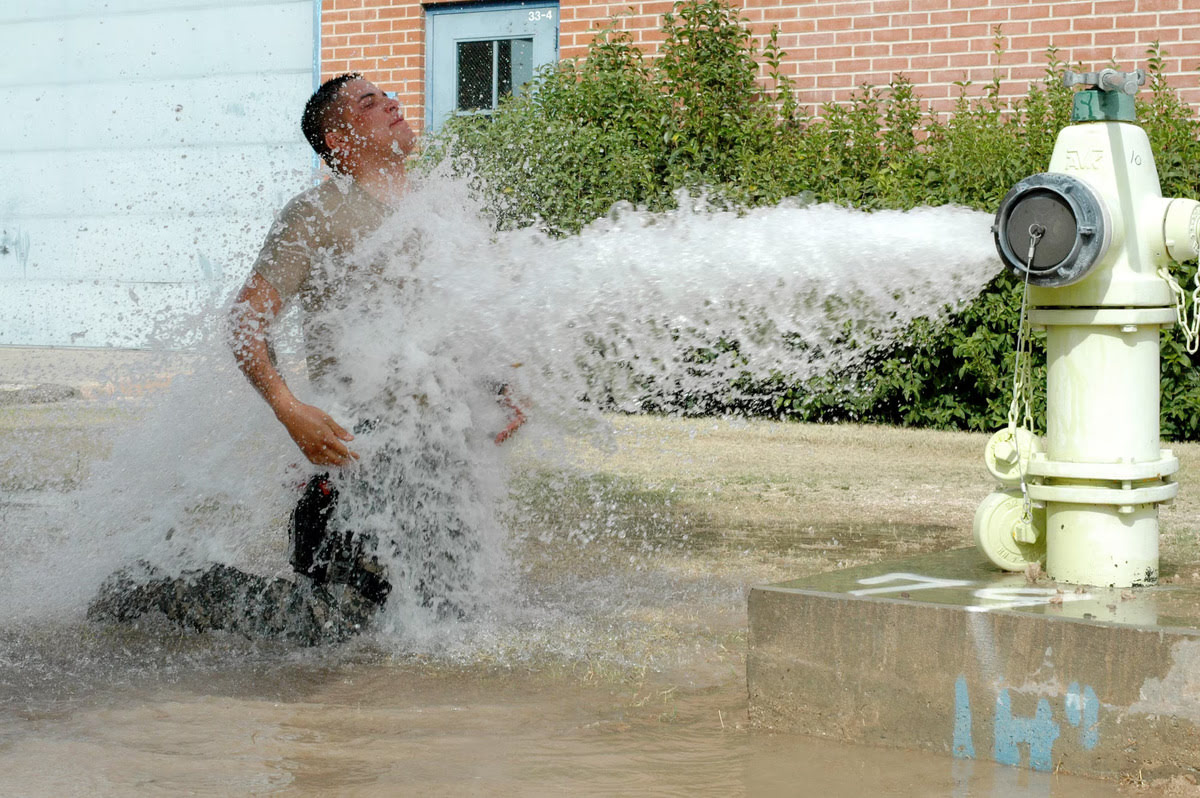
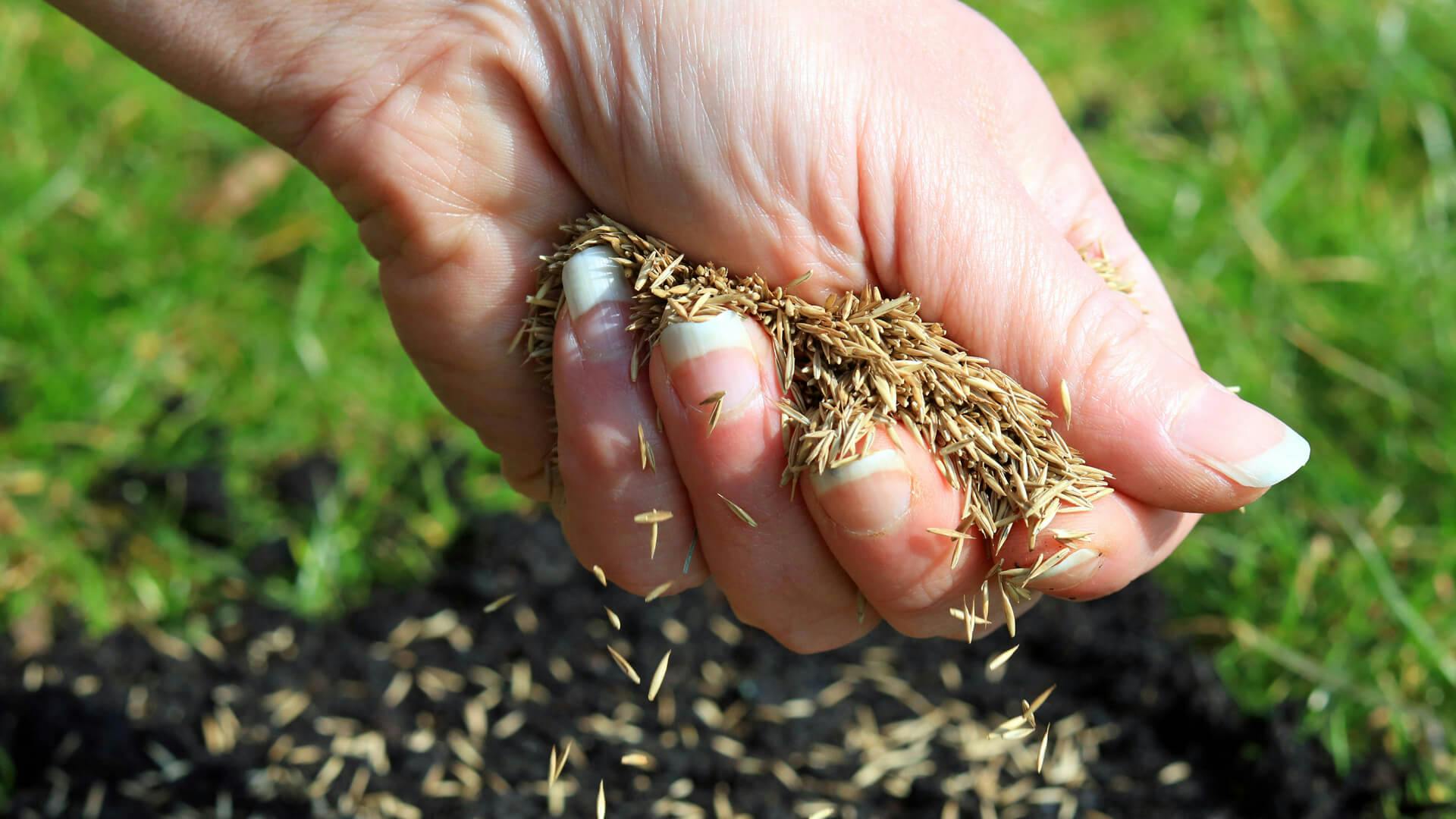

0 thoughts on “How To Get My Carolina Reaper Pepper To Germinate”